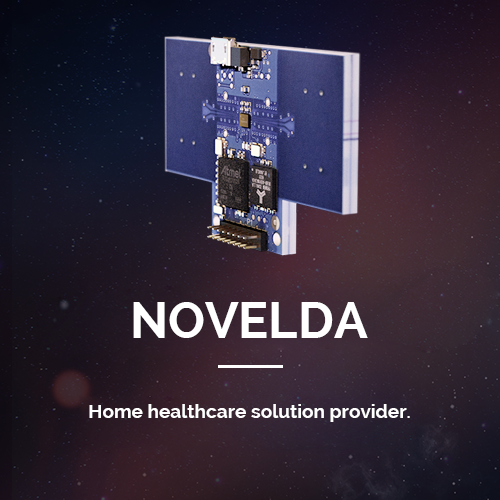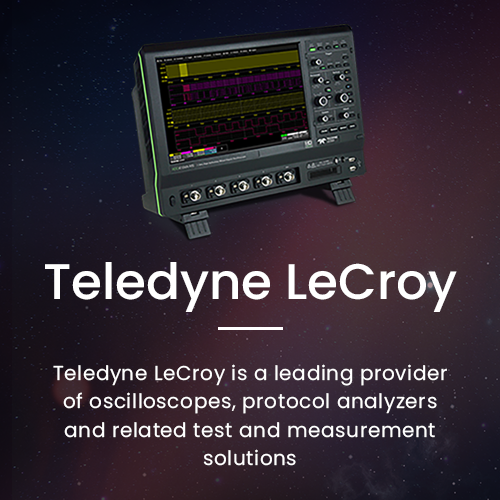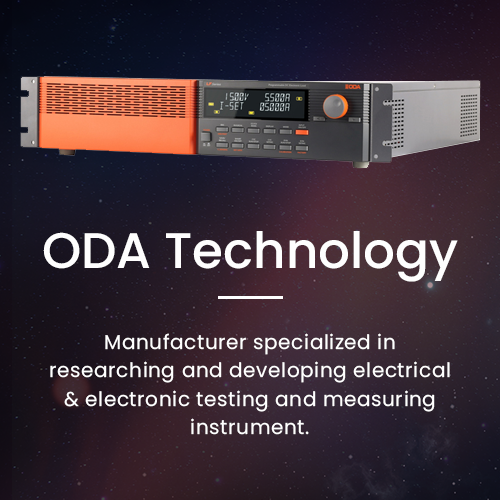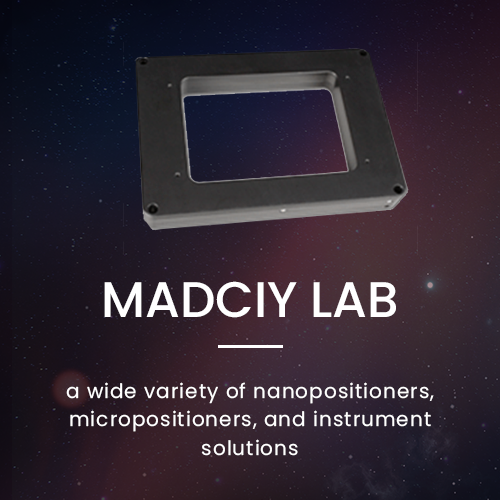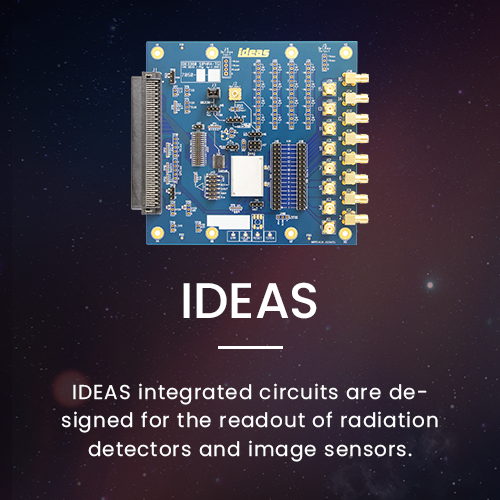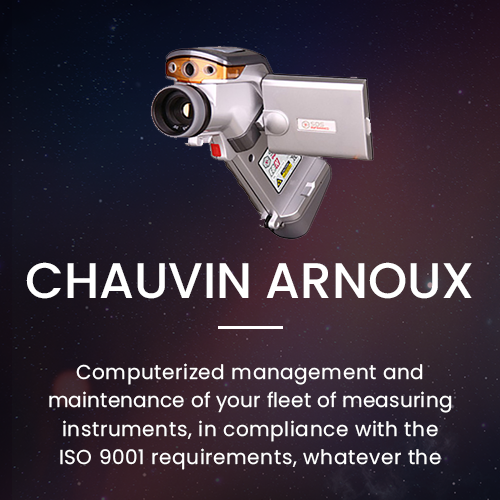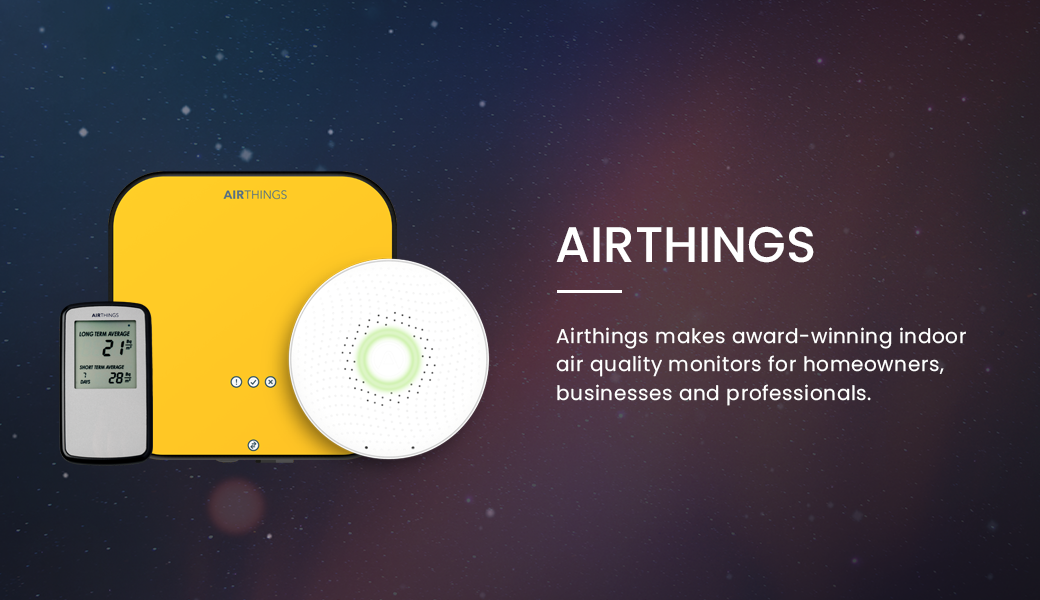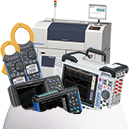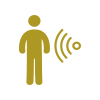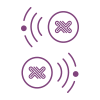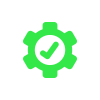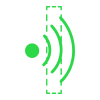Why sleep monitoring?
Getting a good night’s sleep is important for our general well-being and health, but with today’s hectic lifestyle, few of us are able to reach the adequate number of hours per night. Lack of sleephas tremendous effects on one’s health, in fact, research has even linked unhealthy sleep patterns to diseases, increased mortality, and reduced quality of life and productivity.
With that in mind, people are becoming more and more health conscious, aware of the importance of sleep on their lives, and want to be more in control of their health choices. Sleep monitoring nowadays has definitely been gaining steam in the health monitoring and technology world. Monitoring sleep habits can make us more aware of our sleep health, indicate sleeping disorders that are potentially dangerous, and help us improve our lives in general.
What is sleep monitoring?
Sleep monitoring refers to the process of monitoring a person throughout the night in order to come up with some qualitative sleep measures. The quality metrics help convey an objective view of the quality of one’s sleep and help discover trends over time. Relevant metrics can be the length of a sleep period, number of awakenings, length of restless sleep periods and the time needed to fall asleep. These metrics can even lead to a rather comprehensive hypnogram which divides the duration of sleep into different sleep stages. These stages are mainly divided into two major groups: REM (Rapid Eye Movement) and NREM (non-REM). NREM is further divided into Wake, Stage 1, Stage 2 and Stage 3. While Stage 1 and Stage 2 are collectively known as Light Sleep, Stage 3 is referred to as Deep Sleep.
Potential sleep monitoring applications
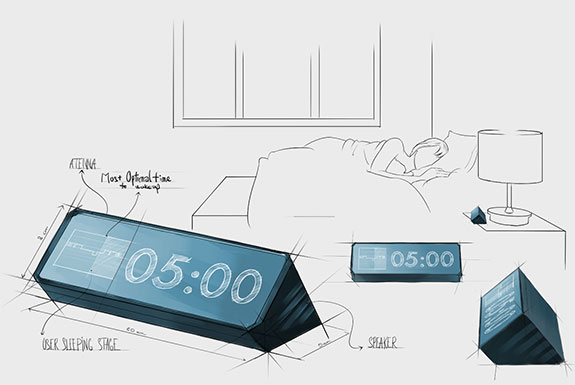
Smart alarm clock
Our sleep monitoring technology can be integrated in a consumer smart alarm clock that tracks respiration and movement throughout the night.
This bedside sleep monitor can also be used as a sleep cycle alarm clock, to gently wake up the user during the most optimal sleep stage, where he/she can feel most refreshed upon wake-up time.
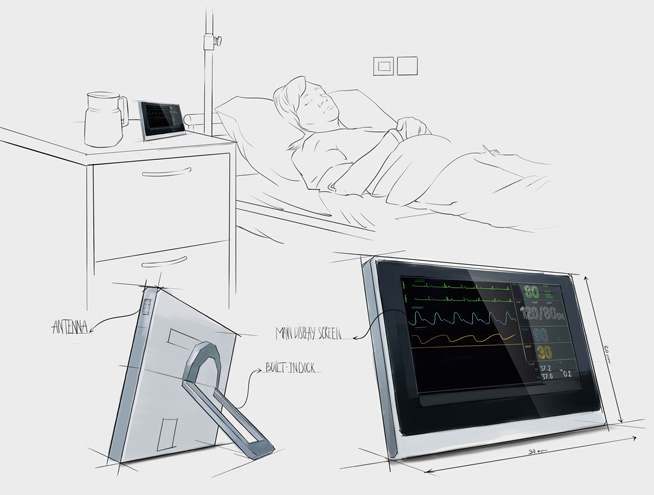
Non-contact real time monitoring
In a hospital setting, multiple rooms can be equipped with sensors that would monitor patients’ respiration and movement throughout the night and output data directly to a single monitor.
Nurses can then have a convenient overview of who is awake or sleeping without having to personally check on each patient. This monitoring system can contribute to easier and simplified night shifts.
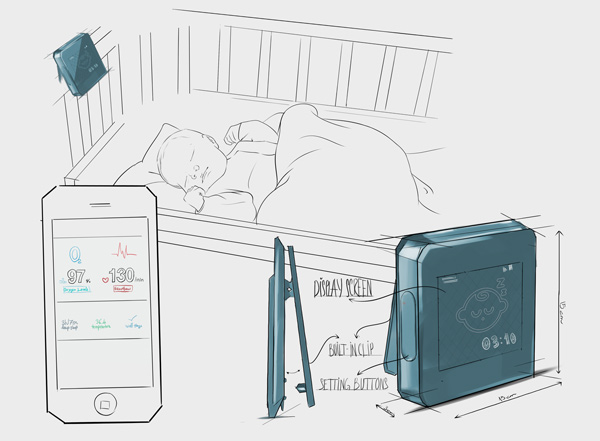
Baby monitoring
A baby monitoring sensor installed in close proximity to the crib can also be an example of a sleep monitoring consumer application. The sensor can provide parents with accurate real-time information on sleep/awake periods of their babies and provide factual metrics of their sleep quantity over time.
Knowing that infants need anywhere between 12 and 15 hours of daily sleep, the sensor can help parents be aware of their baby sleep issues.
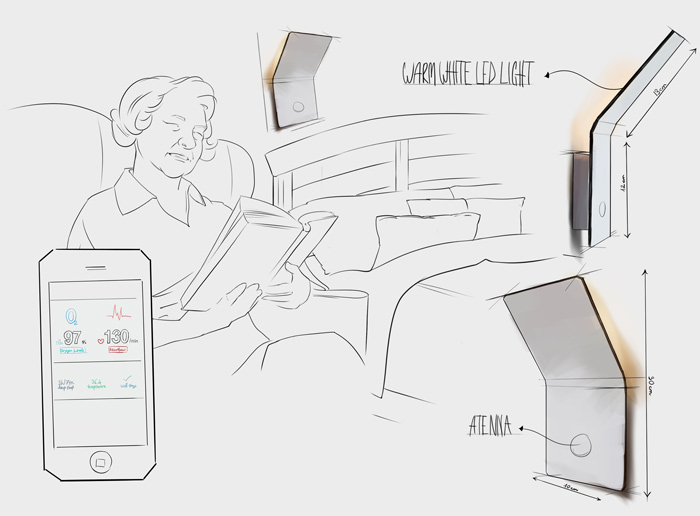
Elderly sleep tracking
With seniors living longer at home, a bed or ceiling-mounted sensor providing real-time monitoring, can help families monitor their loved ones from a remote locationand provide care when needed.
A non-contact sleep tracking device would track respirationand movement throughout the night and provide factual metrics on the quantity and quality of the elderly’s sleep.
The XeThru sleep monitoring solution
